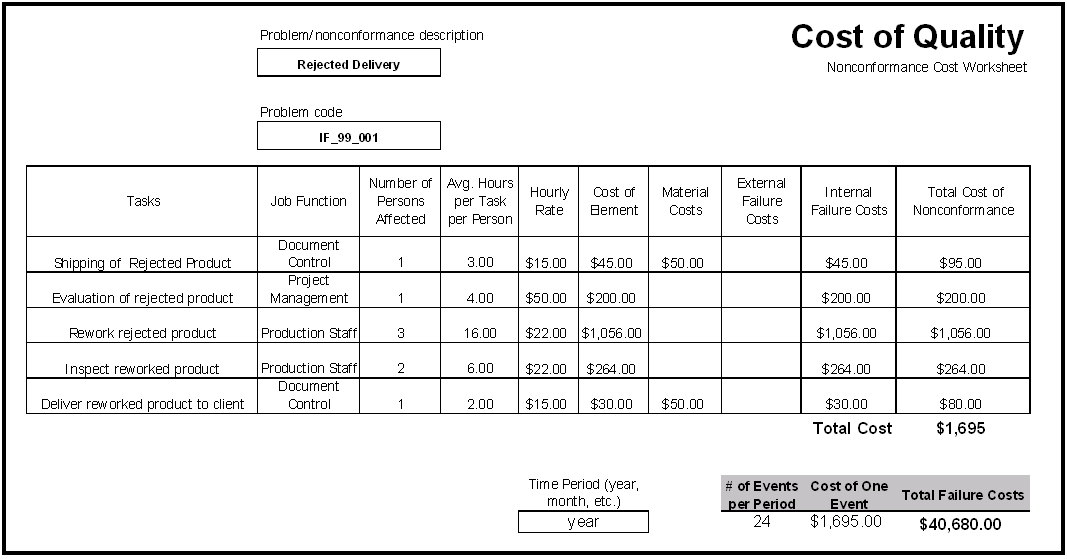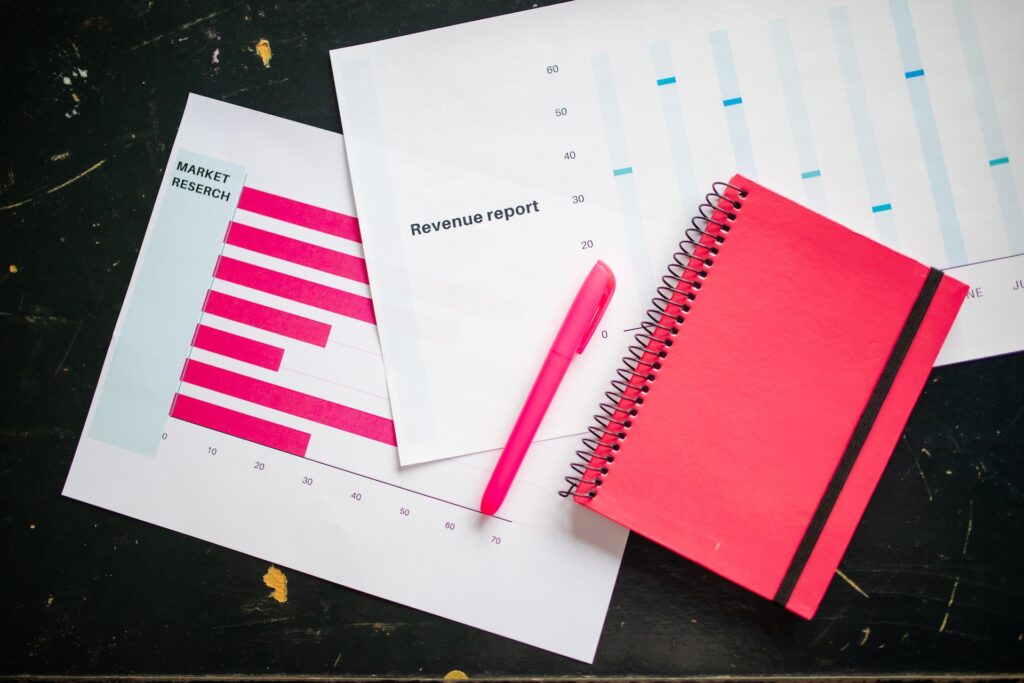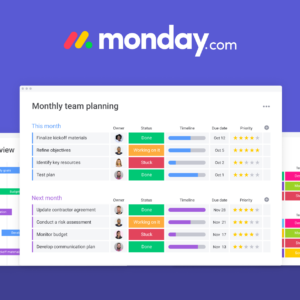Bad news travels fast.
Real fast.
Earlier this month I was on a flight when the stewardess announced that everyone, “except those passengers with Samsung Galaxy Note 7 phones,” could use their phones during the flight.
Ouch!
Although I knew about Samsung’s Sept. 2016 recall of 2.5 million phones due to defective batteries, the gravity of the situation did not strike me until I heard this announcement.
In a company as large as Samsung®, how could a mistake of this magnitude happen?
There are a myriad of reasons, but the real question is why do these mistakes happen in the first place?
The Cost of Bad Decisions
The answer often lies in the lack of quality control checkpoints in the manufacturing or service delivery process. The Cost of Poor Quality (COPQ) worksheet is a part of many Engineers’ and Quality specialists’ toolkit when designing or improving processes. The COPQ is a real, calculated cost of delivering defective products and services.

An example of a Cost of (Poor) Quality worksheet. This can be used as a guide for the cost of delivering defective products and services.
The lower your product or service’s COPQ, the better. You can achieve this by:
- Documenting your service delivery or product manufacturing processes,
- Embedding quality control check points throughout that process**
- Stopping the process as errors or defects are found, and
- Improving the process to ensure errors or defects are prevented.
**Note: quality control is not just about inspecting your product or service for visual signs of defects or errors but also testing your product or service for accuracy and precision.
Intentional vs. Unintentional Consequences
Not checking for defects and errors represent one side of the quality control coin. Moving forward with production and go-to-market strategies in spite of knowing that a product or service contains defects and/or errors represent the other side of the quality control coin.
The video below does an excellent job of providing real life examples of companies that failed to correct quality-related problems as they were detected and the consequences of doing so. It is produced by The American Society for Quality (ASQ) – a global community of quality professionals acting as the leading authority on all things quality.
We may never know for sure which side of the quality coin Samsung® was on but one thing is for sure – this type of dilemma is not limited to large corporations.
Whether you’re making widgets, inspecting food before serving it to customers, or preparing a legal document for a client, there is a cost for rework. I often tell my clients that “rework is the enemy of efficiency”. Sometimes we can become so focused on meeting a target deadline that we make compromises.
These compromises can have serious, and as shown in the above video, deadly implications.
Quality Assurance is not an Option, it is a Must
Failing to conduct quality assurance throughout your company’s value (or supply) chain may not catch up with you right away, but it will eventually. When calculating the COPQ for your company’s products and/or services, also try to include the costs that are not internal to your company.
For example, in Samsung’s case, airlines had to train their stewardesses to make a specific announcement to not use the Galaxy Notes 7 phone.
The purpose of adding this layer to your COPQ is to illustrate that the consequences of bad quality decisions will have a domino effect on your entire value chain.
When dealing with defective products and services, it all boils down to making this decision:
[mk_blockquote style=”quote-style” font_family=”none” text_size=”12″ align=”left”]“Should you stop production immediately and lose a lot of money? or should you continue production and risk paying out money in lawsuits and damaging your company’s brand and reputation”?[/mk_blockquote]Owning the mistake upfront vs. damage control after the fact.
Executives and Entrepreneurs alike face these types of decisions every day. Which side of the quality coin do you operate on? It’s something to think about…
***************************************************************************************************
What’s your company’s COPQ score? Contact Us and we can help you calculate it.
***************************************************************************************************











